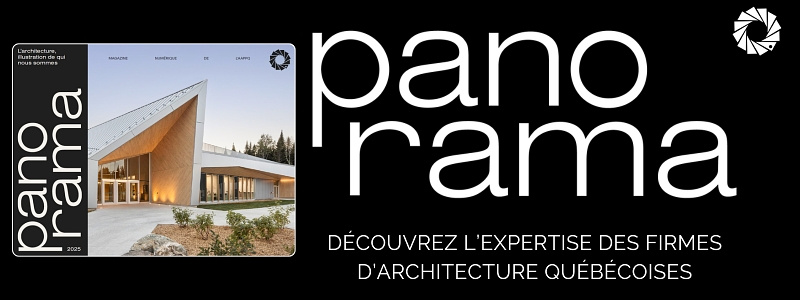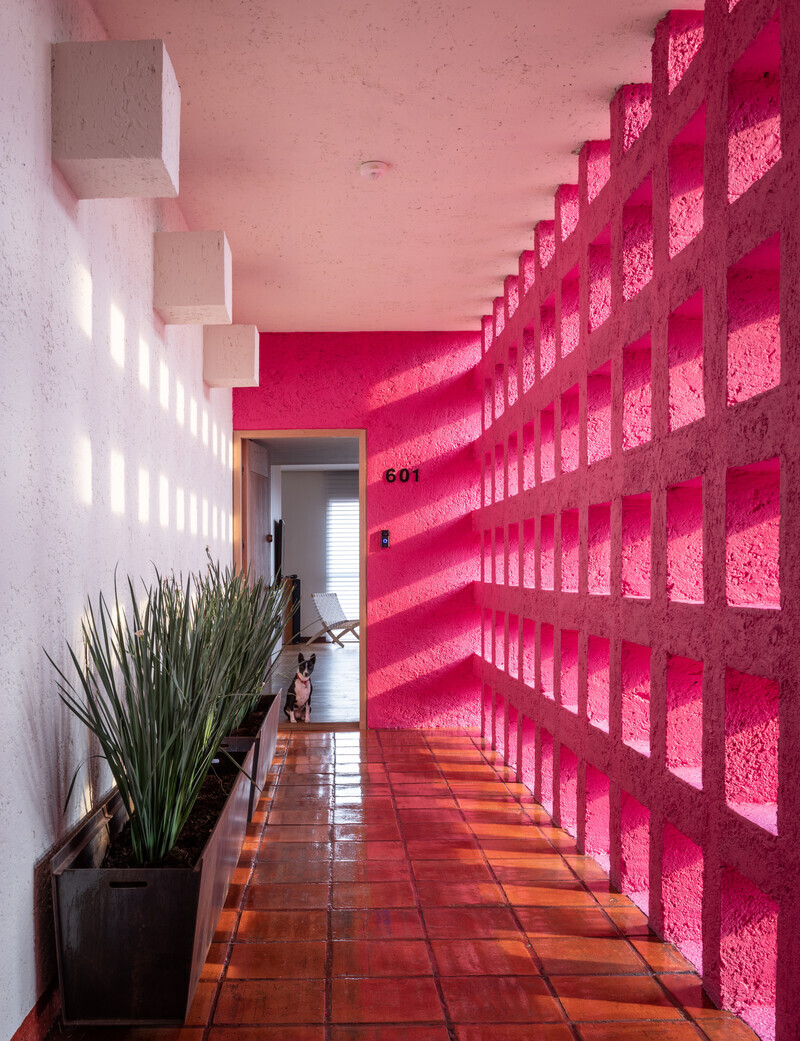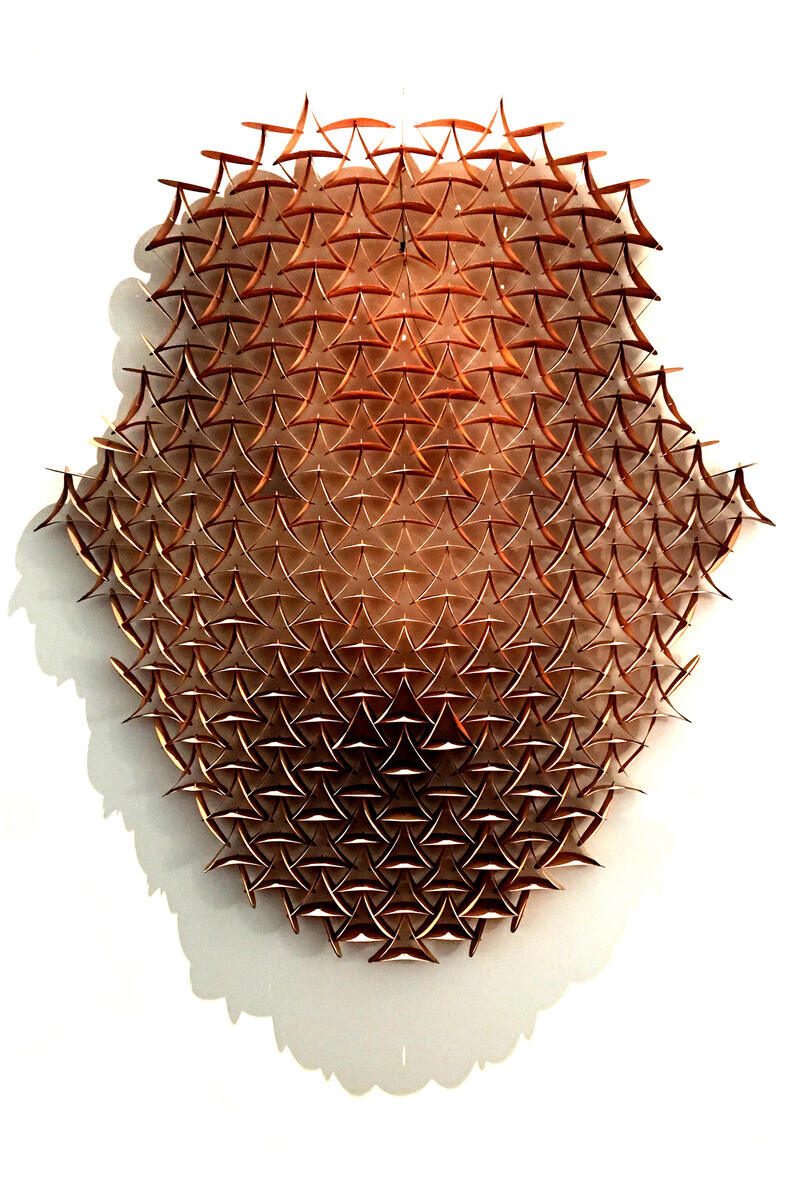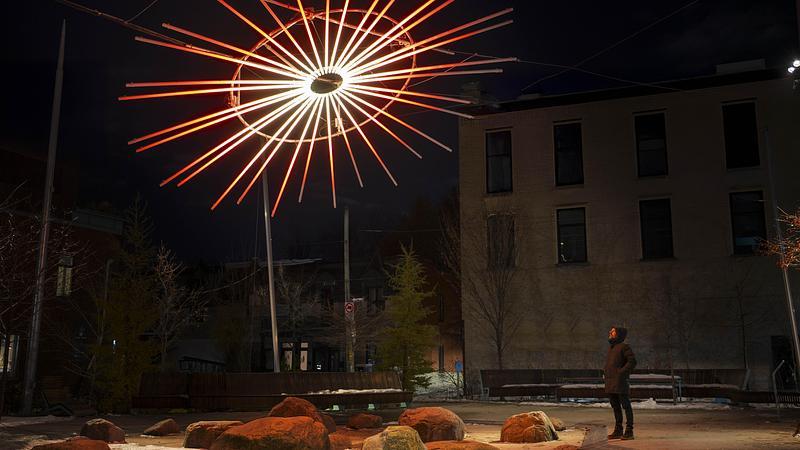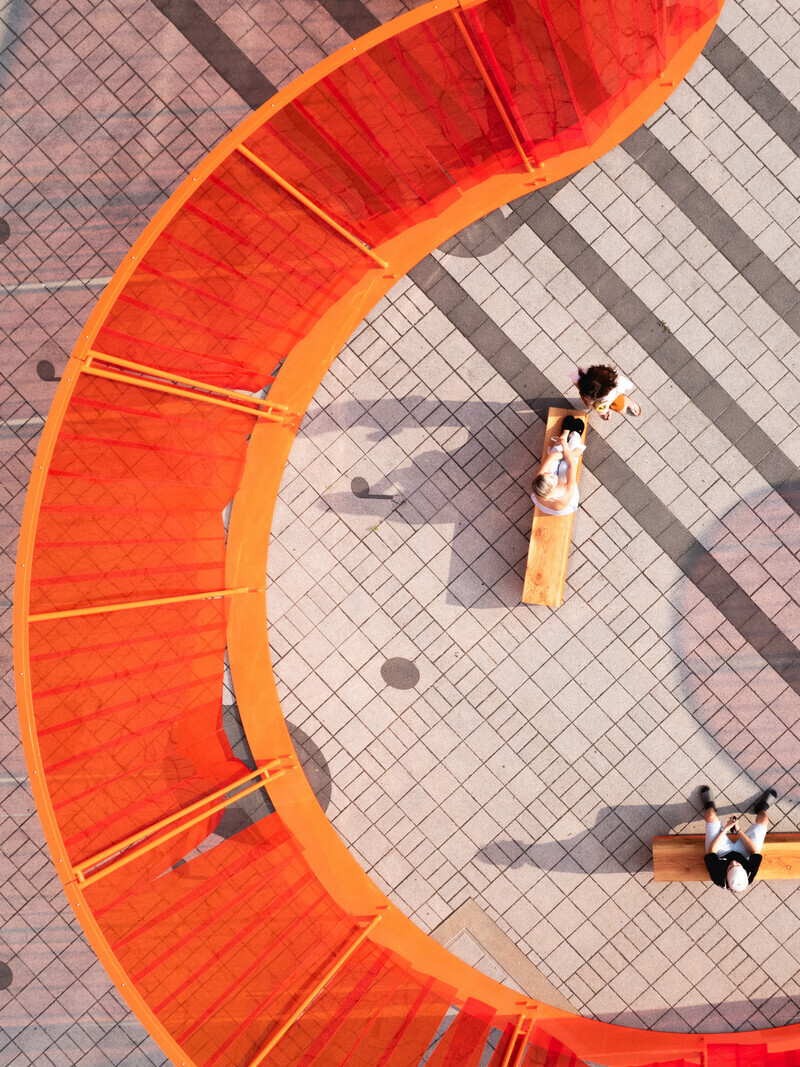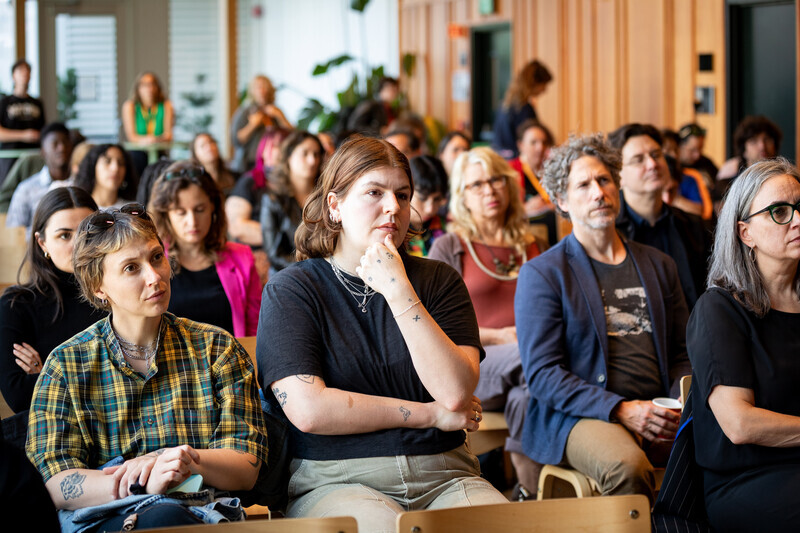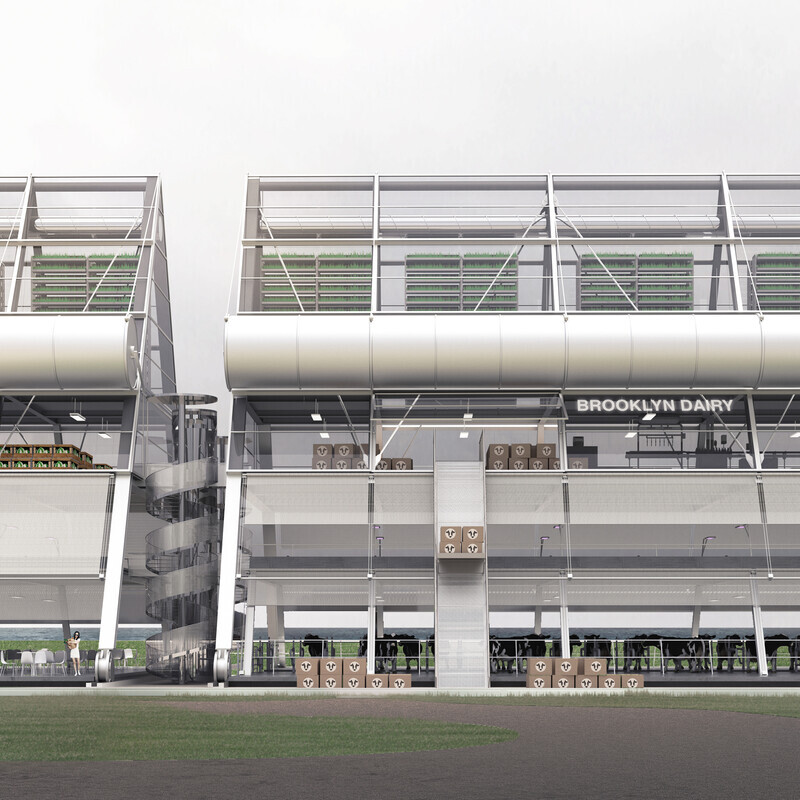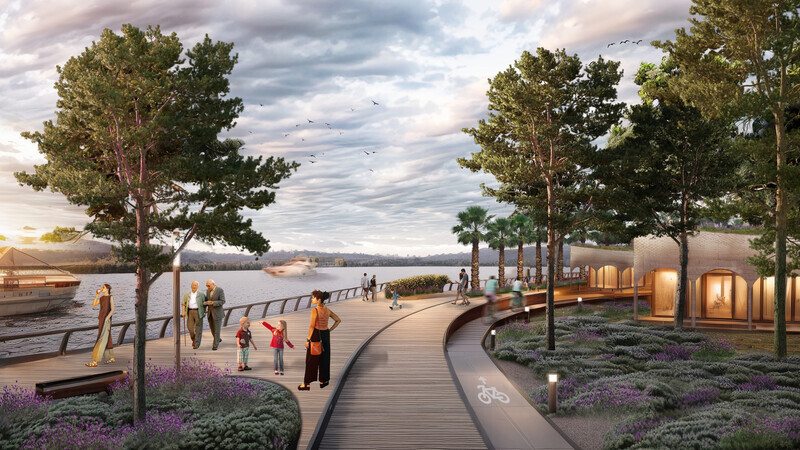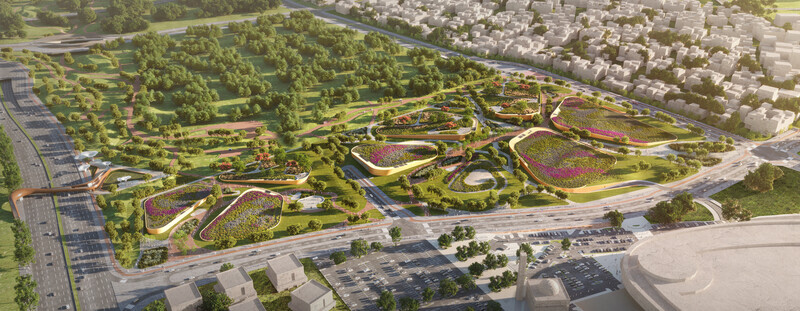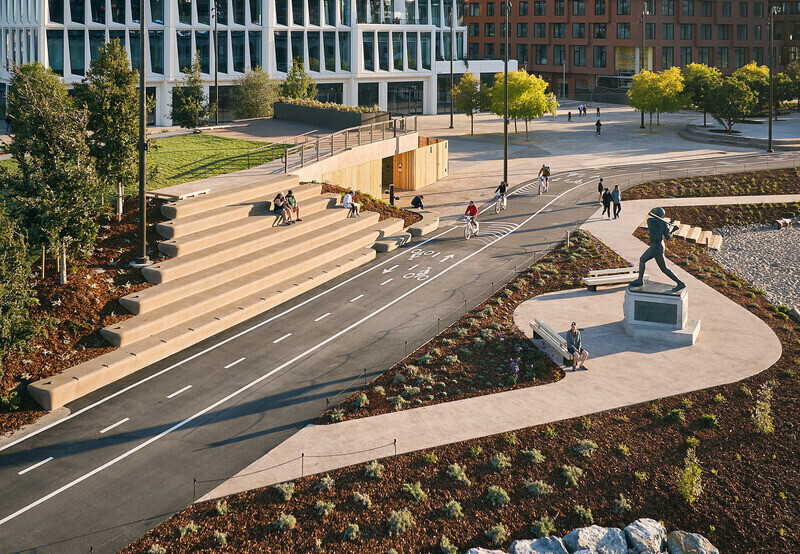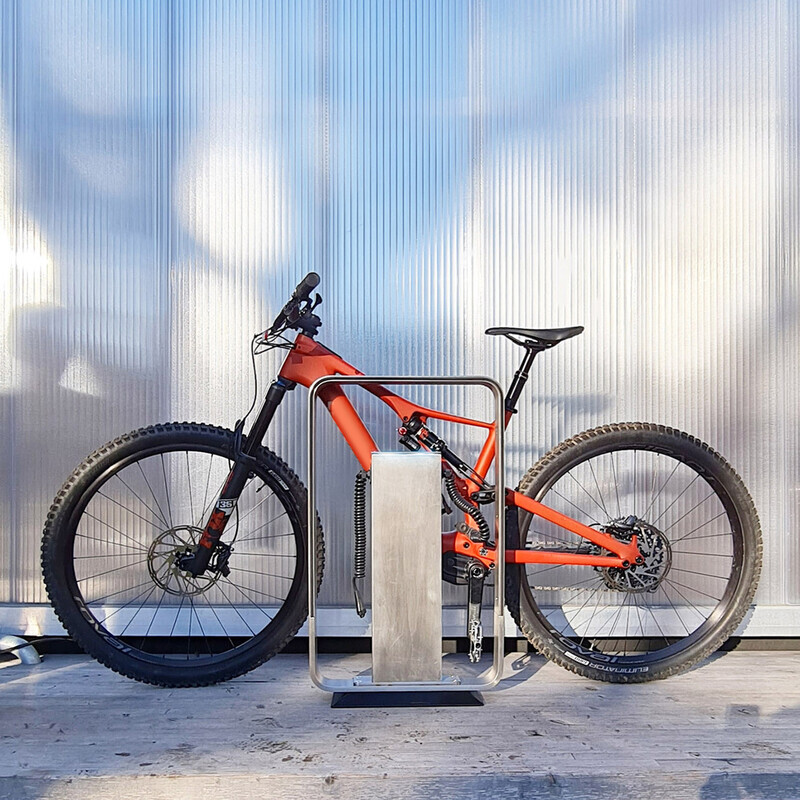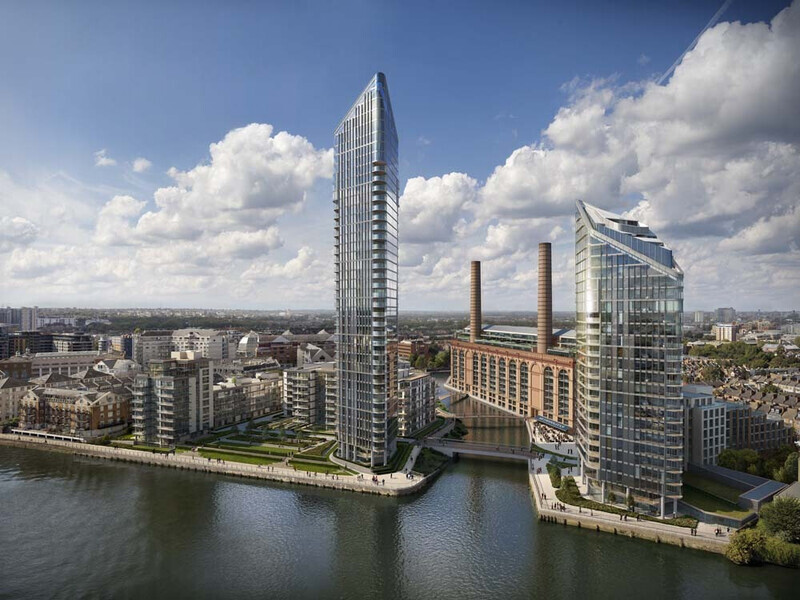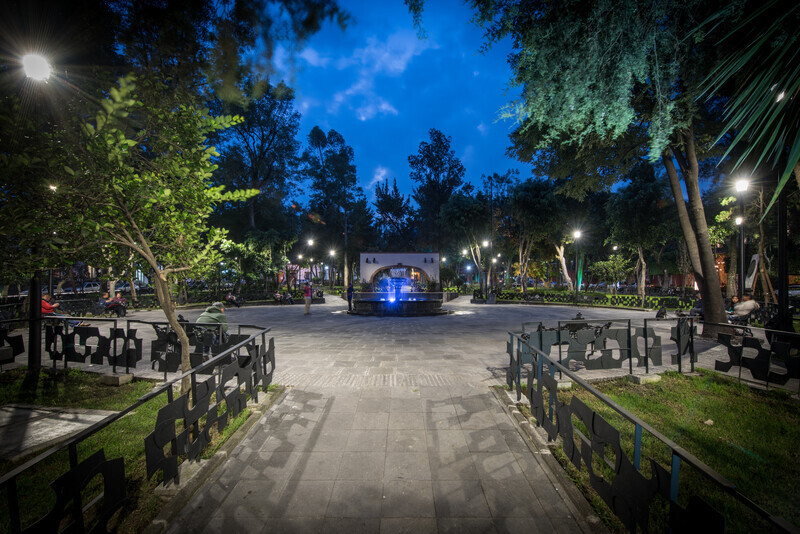
Press Kit | no. 4176-01
Press release only in English
San Jacinto Square’s Urban Renewal
estereotomia
Rescuing an iconic 16th century square
Located in the heart of San Angel, Mexico City, for centuries San Jacinto Square has been one of the most relevant commercial and social spaces in the area. Recently, architect Alejandro de la Vega Zulueta developed and implemented a renovation and rejuvenation project for the public square.
The project was commissioned by the INAH [National Institute of Anthropology and History], Mexico's top authority in the investigation and preservation of cultural heritage. INAH documents and plans indicate that the original design of the square dates back to the 16th century, in what was then known as Tenanitla (meaning 'next to the stone wall' in Nahuatl).
Architecturally, its elements have been replaced over time with 20th-century components, including different types of concrete, as well as flagstones and fountains that have been transferred into the square from other public spaces in the city. Consequently, the only remaining original element of the plaza is its layout.
Embracing the space’s past, as well as its current role as an artistic, commercial, and social gathering point in San Angel, the interesting pastiche allowed the architect to create an entirely new code that can be applied to other public spaces in Mexico City as well. The resulting new look for Plaza San Jacinto is guided by the concepts of aesthetic and design unification, artistic process, and defining the purpose of public spaces.
Given that the plaza today is best known for its handicraft and artist market, it was important for the architect to give prominence to artistic and manual processes. The modern version of the square no longer includes steps or slopes to block universal access, so the pathways were homogenized with volcanic cobblestone, using manual machete cuts against the stones to create a thematic texture throughout the square. To compensate for resulting variances in the angles and settings of the volcanic cobblestone, chinked stones were embedded by hand using a technique called rajueleado. Additionally, to make the space safe and accessible at night, engineer Jorge Zinser developed a new lighting system to cover the entire public square, without being invasive.
However, it was the design of new metal guardrails to protect the square’s lush green areas that combined the symbiotic worlds of Alejandro de la Vega as both an artist and architect, In the aesthetic conception, he envisioned the adaptation of one of his own original works as a relevant and decorative design element that would animate the purposeful fencing. Using manipulations of his evolving sculpture, Silhouette, and by applying his expertise in parametric techniques, he created a new pattern, made laser and nitrogen cuts to produce the pieces, and then married his art to his architecture through robotic welding, ensuring precision and quality. Once assembled, the pieces were painted with electrostatic paint for durability.
Historically, public squares are the places where communities and their histories are experienced
and written. With today’s landscape of artists, picnickers, strollers, lovers, and much more, a project that didn’t consider those demographics would make no sense. So, while respecting the history and significance of the Plaza, Alejandro de la Vega’s vision of today’s public usage of the square is what provides the project’s true value, from the fencing’s aesthetically-compelling merger of art and architecture to the Plaza’s universal access ramps, cobblestone paths, and more. Collectively, the design, processes, and materials used to revitalize the historic square were prioritized in order to build the best possible 21st-century version of Plaza San Jacinto, by giving its users the opportunity to enjoy it at all times.
Technical sheet
• Client: Mexico City, San Angel Authority
• Location: San Jacinto Square, San Angel, Mexico City
• Design: Alejandro de la Vega Zulueta
• Lighting: Jorge Zinser Cruz
• Commissioned Artwork: Alejandro de la Vega (adelavega)
• Archeologist: INAH (National Institute of History and Anthropology)
About esterotomia
Founded in 2010 by Alejandro de la Vega Zulueta, Estereotomia is an extension of the award-winning architect’s devotion to the marriage of art, interior design, and architecture. The practice has established itself through a diverse portfolio of projects, including high-end restaurants, museums, corporate offices, and urban spaces, with a particular focus on space, lifestyle, and function in the creation of exceptional experiences
Estereotomia also takes the artwork of Alejandro de la Vega Zulueta to new heights, incorporating his sculptures and parametric designs as an added layer of refinement to his architectural projects. His art, both conventional and digital, involves the manipulation of shapes, light, and shadows as finishing touches to works of metal, concrete, wood, plastic, and more. His marriage of art and architecture is prominent in Estereotomia’s vast portfolio of projects, including the sculpted fencing of historic San Jacinto Square, and the sophisticated design of an apartment in the Antigua complex in the Santa Fe district of Mexico City.
Alejandro de la Vega Zulueta is also a design principal with Entasis Architects, a highly-acclaimed firm founded in 1987 in partnership with Ricardo Warman. Entasis’ level of sophistication and refinement has distinguished the firm among Mexico’s top designers and has earned the partners numerous accolades for their work.
Related to San Jacinto Square’s Urban Renewal, see also of estereotomia
‘Antigua’ High-Rise Apartment in Mexico City
See Spanish version attached.
For more information
- www.estereotomia.mx/
- www.instagram.com/alejandrodelavegazu...
- www.archilovers.com/alejandro-de-la-v...
Media contact
- estereotomia
- Alejandro de la Vega Zulueta
- contacto@estereotomia.mx
- 525533355718
Attachments
Terms and conditions
For immediate release
All photos must be published with proper credit. Please reference v2com as the source whenever possible. We always appreciate receiving PDF copies of your articles.
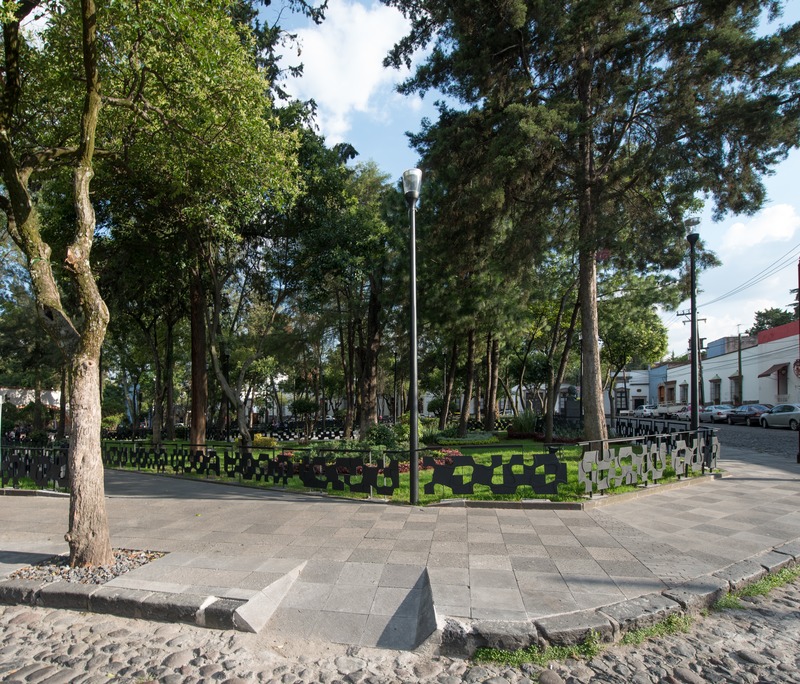
Very High-resolution image : 19.12 x 16.35 @ 300dpi ~ 18 MB
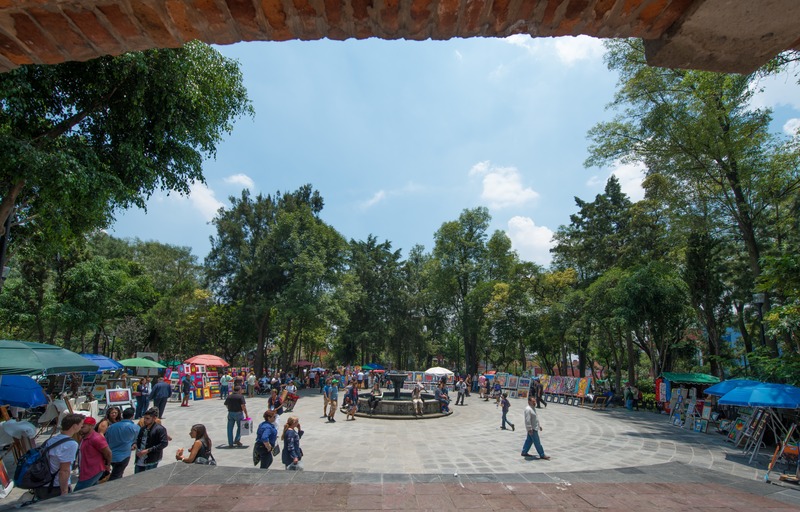
Very High-resolution image : 24.2 x 15.49 @ 300dpi ~ 18 MB
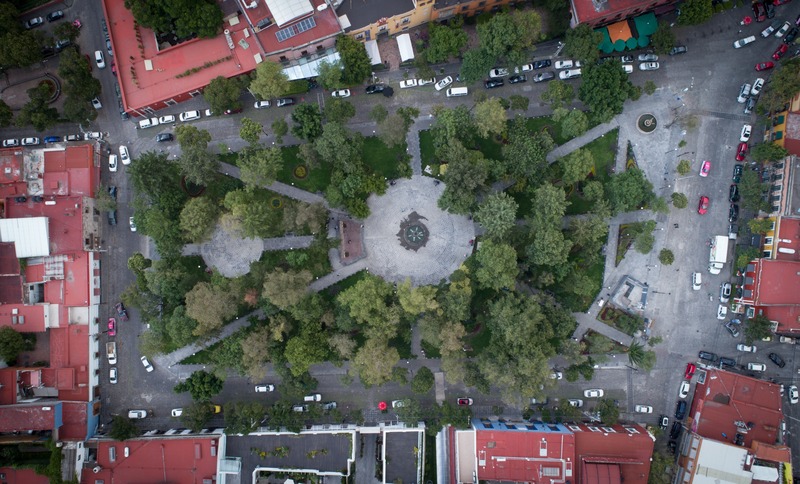
High-resolution image : 16.66 x 10.07 @ 300dpi ~ 9.9 MB
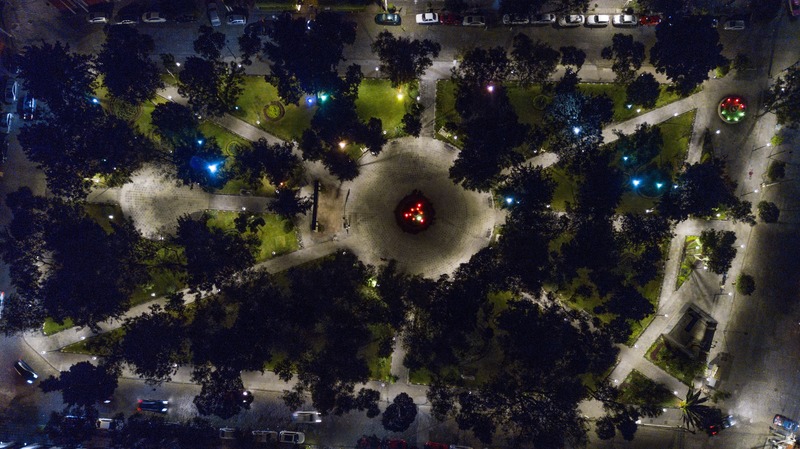
High-resolution image : 13.31 x 7.47 @ 300dpi ~ 10 MB
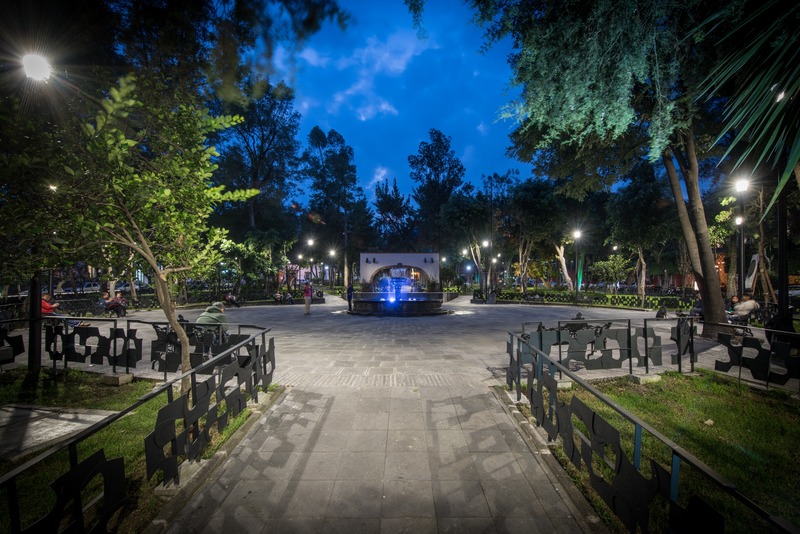
Very High-resolution image : 24.53 x 16.37 @ 300dpi ~ 20 MB
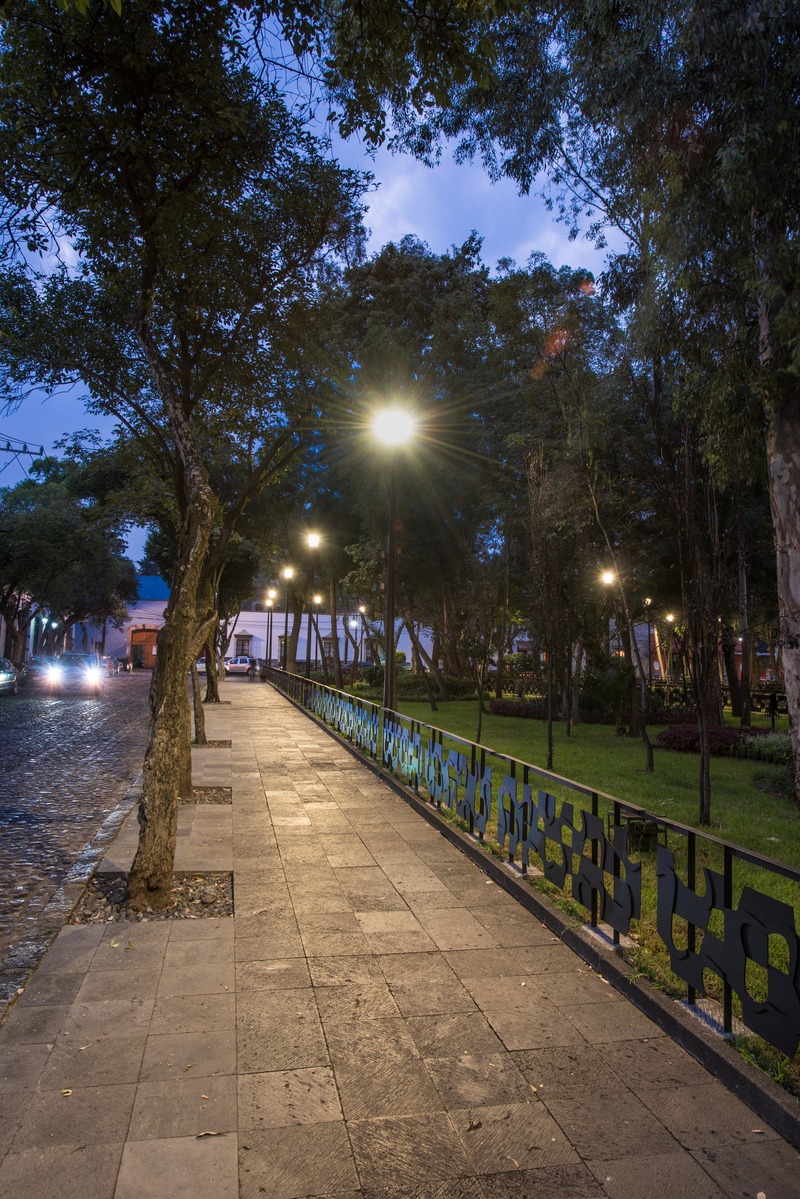
Very High-resolution image : 16.37 x 24.53 @ 300dpi ~ 25 MB
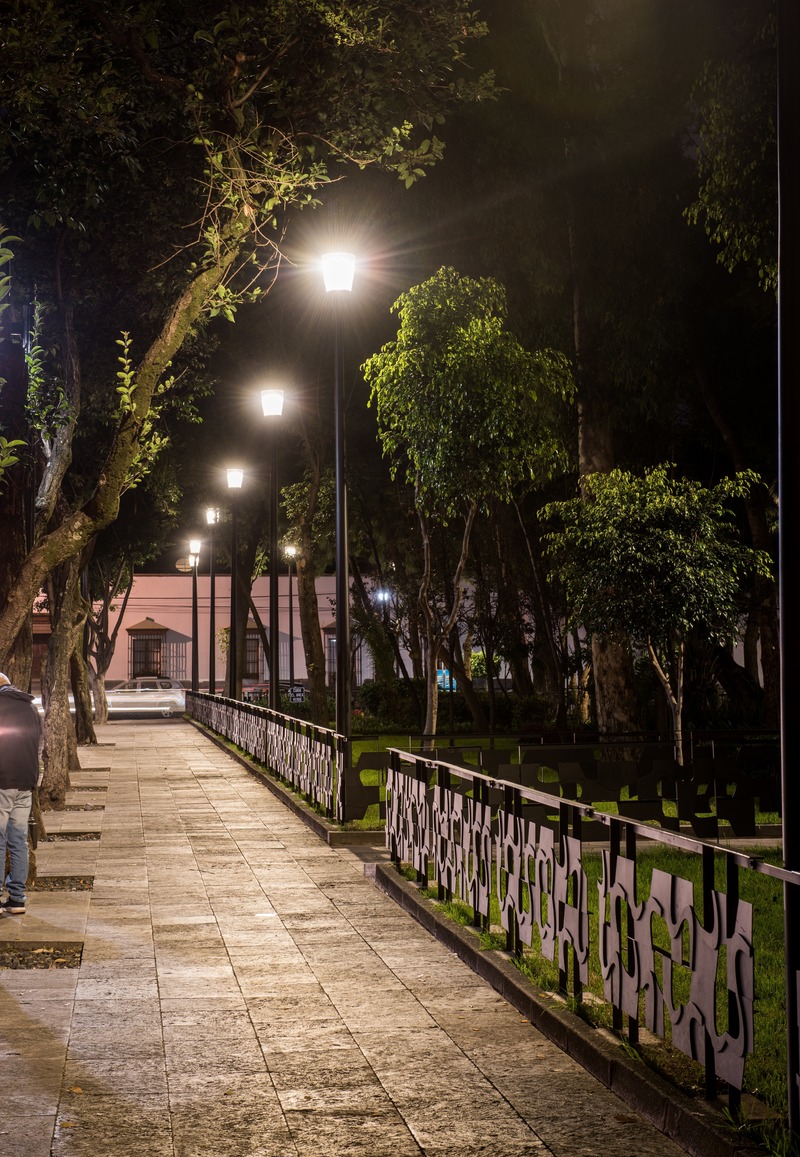
Very High-resolution image : 16.37 x 23.69 @ 300dpi ~ 21 MB
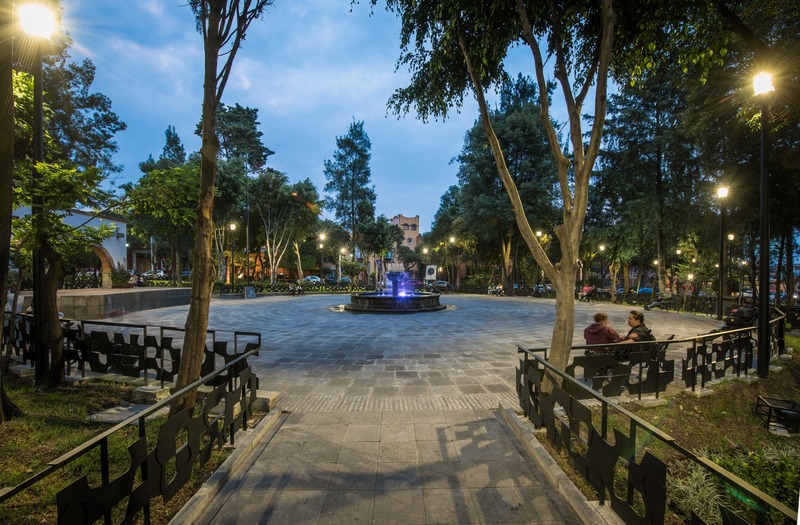
Very High-resolution image : 24.53 x 16.11 @ 300dpi ~ 22 MB
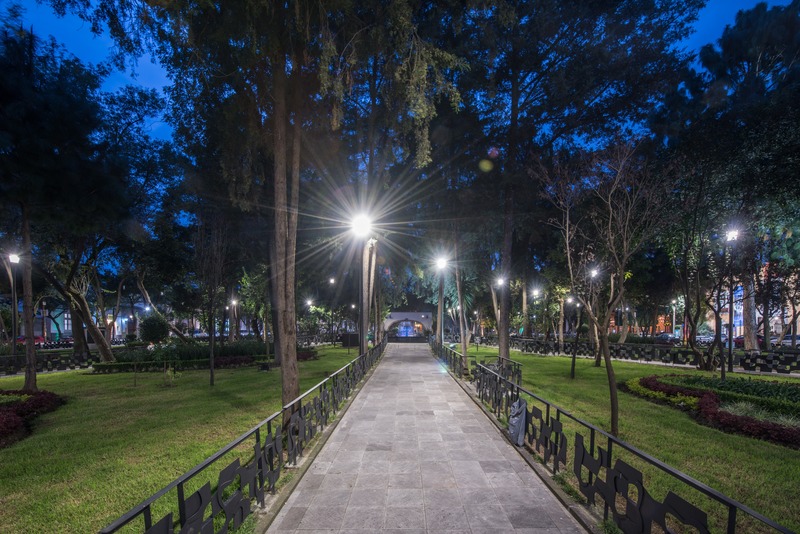
Very High-resolution image : 24.53 x 16.37 @ 300dpi ~ 22 MB
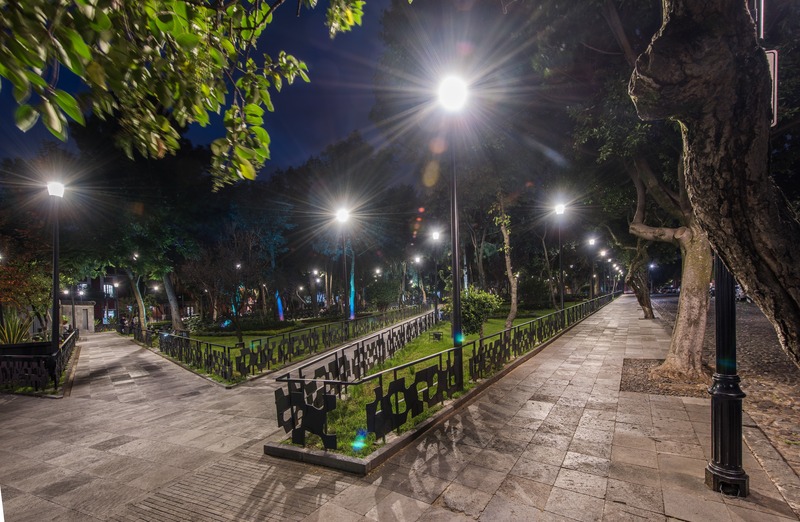
Very High-resolution image : 24.22 x 15.81 @ 300dpi ~ 20 MB
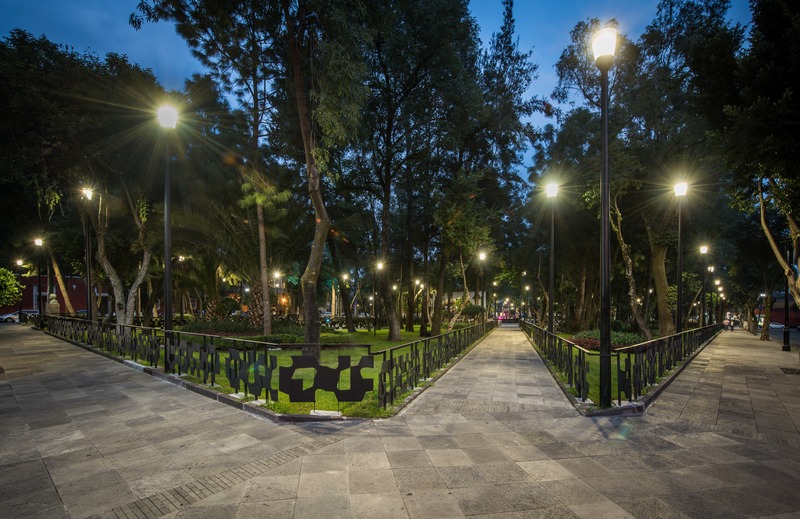
Very High-resolution image : 23.53 x 15.27 @ 300dpi ~ 20 MB
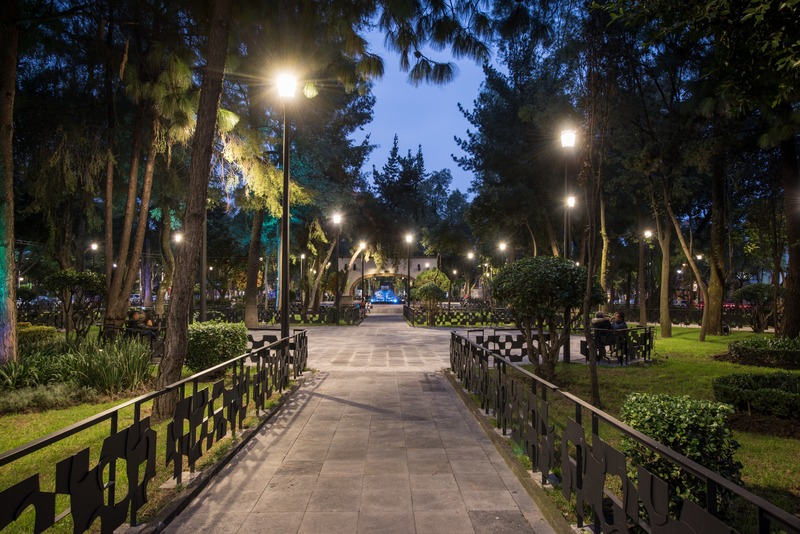
Very High-resolution image : 24.53 x 16.37 @ 300dpi ~ 21 MB
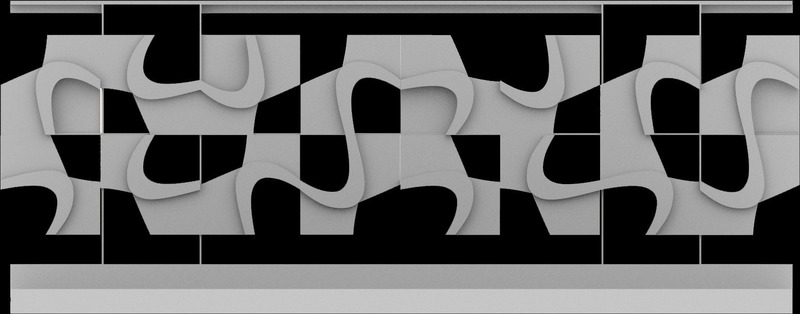
Medium-resolution image : 5.18 x 2.03 @ 300dpi ~ 370 KB
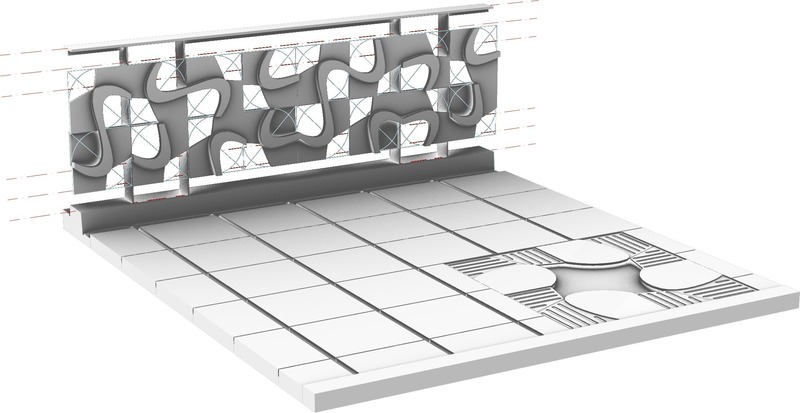
Medium-resolution image : 7.15 x 3.7 @ 300dpi ~ 780 KB

Medium-resolution image : 10.58 x 2.03 @ 300dpi ~ 730 KB

Medium-resolution image : 7.61 x 2.24 @ 300dpi ~ 310 KB
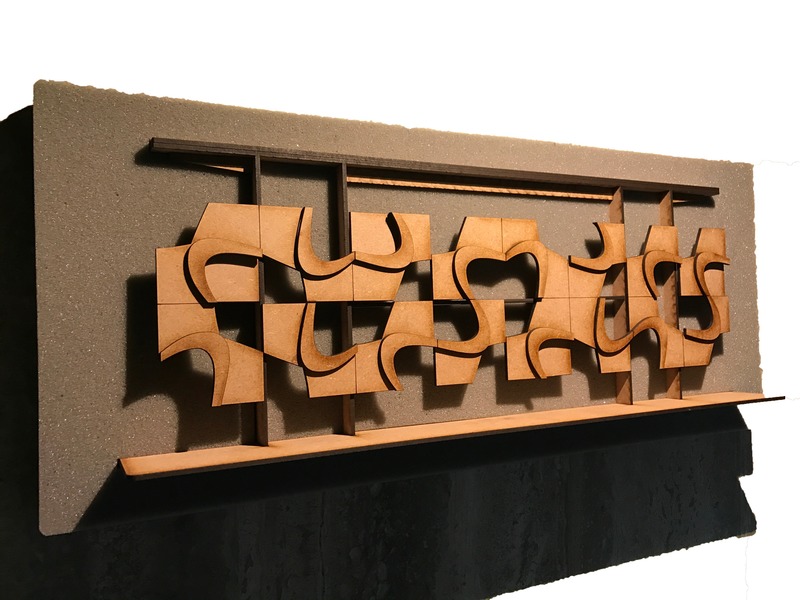
High-resolution image : 13.44 x 10.08 @ 300dpi ~ 3.8 MB
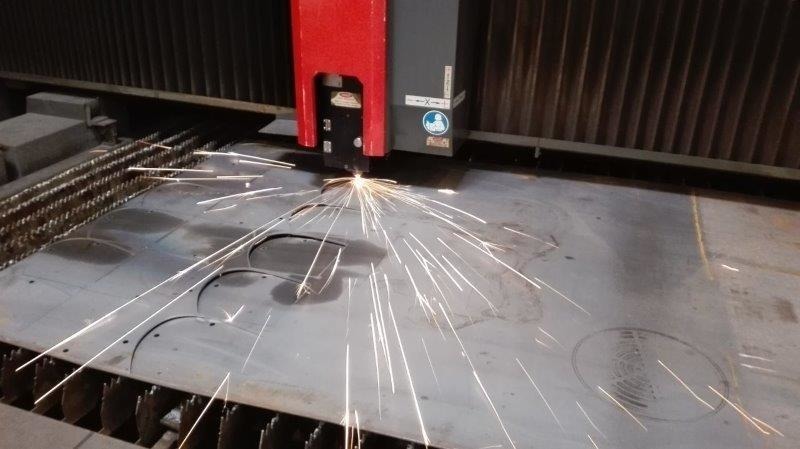
Low-resolution image : 2.67 x 1.5 @ 300dpi ~ 48 KB
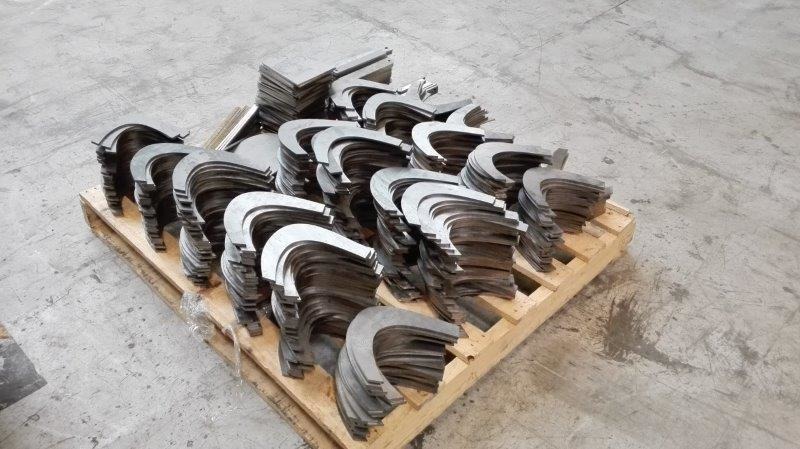
Low-resolution image : 2.67 x 1.5 @ 300dpi ~ 71 KB
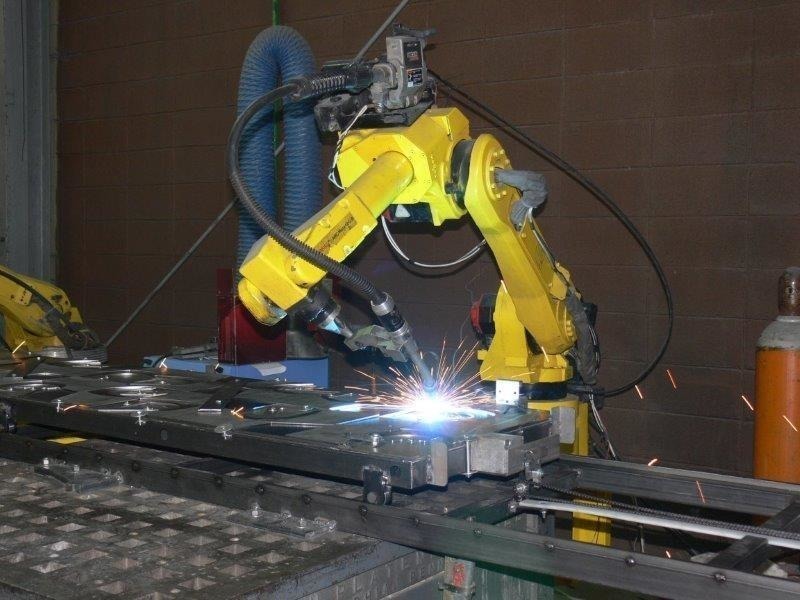
Low-resolution image : 2.67 x 2.0 @ 300dpi ~ 74 KB
